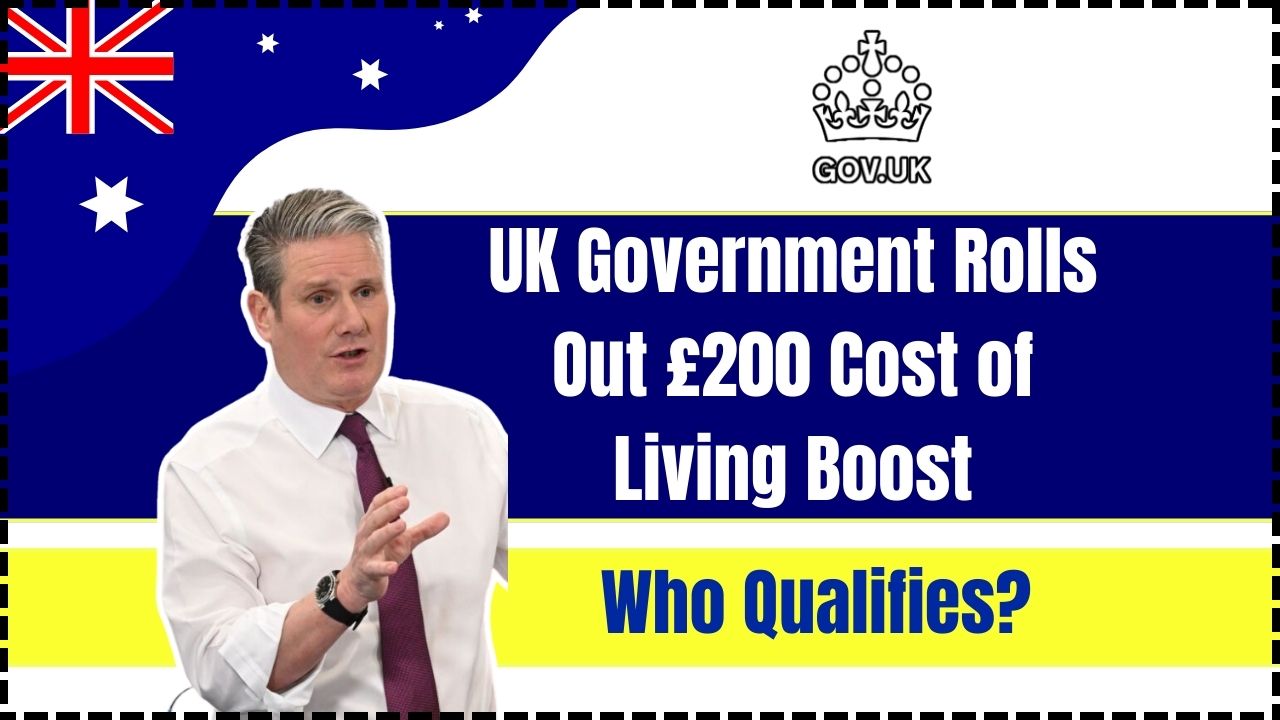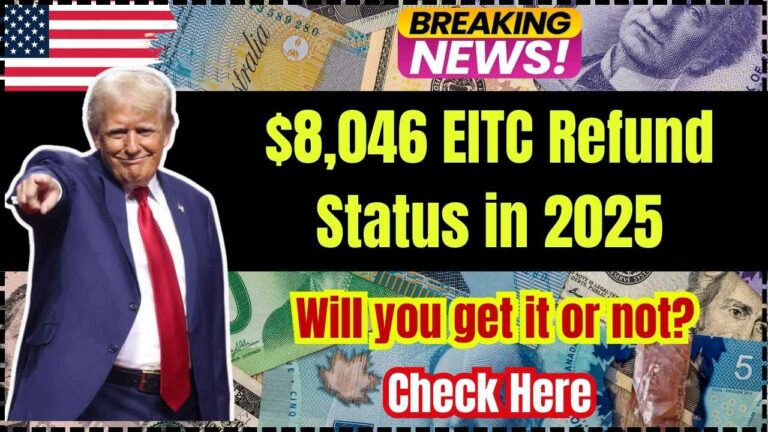In a continuing effort to help struggling households tackle rising expenses, the UK Government has introduced a one-off £200 cost of living payment in 2025. Administered through the Household Support Fund (HSF), this initiative is designed to support low-income families and vulnerable individuals facing financial strain. With living costs still elevated, this payment provides crucial aid toward everyday essentials such as energy, food, and water bills.
This guide outlines everything you need to know about the £200 cost of living boost, including eligibility criteria, how and when to apply, and what additional support options are available.
What Is the £200 Cost of Living Boost?
The £200 payment is part of the wider Household Support Fund—an initiative launched in 2021 and extended through 2025. The government has allocated £842 million to councils across England, allowing them to provide tailored financial support to those most in need. While some councils may choose to distribute vouchers or other aid, many are offering a direct cash payment of £200 to qualifying households.
This payment is not a loan or taxable income. It is a non-repayable grant designed to offer short-term relief as part of the government’s broader effort to alleviate the cost of living crisis.
Who Is Eligible?
While eligibility criteria can vary slightly depending on your local council, common requirements include:
-
Low Income Thresholds:
-
Single households earning less than £30,000
-
Families with household income under £40,000
-
-
Means-Tested Benefit Recipients:
-
Universal Credit
-
Pension Credit
-
Income Support
-
Income-based Jobseeker’s Allowance (JSA)
-
Income-related Employment and Support Allowance (ESA)
-
-
Savings Limit:
-
Typically under £2,000
-
-
Other Conditions:
-
You have not received Household Support Fund assistance in the past 12 months
-
You are facing financial hardship, housing difficulties, or an emergency expense
-
Some councils may automatically identify eligible residents and issue payments without requiring an application. However, many still require individuals to submit documentation.
When Will You Receive the Payment?
Payment timelines vary by local council. For example:
-
Birmingham City Council is expected to begin applications in June 2025
-
Other councils may open applications earlier—some as soon as May 2025
-
Once approved, payments are generally issued within 2 to 4 weeks
Funding is limited and distributed on a first-come, first-served basis, so early application is crucial.
How to Apply: Step-by-Step
-
Visit Your Local Council Website
-
Use the GOV.UK council finder tool to access your local Household Support Fund page.
-
-
Check Eligibility Requirements
-
Read through the council’s specific income, savings, and benefits criteria.
-
-
Gather Documentation
-
Commonly required items include:
-
Recent bank statements
-
Benefit entitlement letters
-
Proof of income (e.g. payslips)
-
Utility or rent bills
-
-
-
Complete the Application
-
Most councils use an online form. Some may allow phone or in-person submissions.
-
-
Submit and Wait for Decision
-
You may receive a decision in a few days to a few weeks. Councils may contact you for more information if needed.
-
What If You’re Not Eligible?
If you do not qualify for the £200 payment or need additional support, you may still be able to access:
1. Winter Fuel Payment
-
Available to most pensioners, offering between £200 and £300 to assist with heating costs.
2. Energy Bill Grants
-
Energy companies such as British Gas, EDF, and Octopus Energy offer grants to customers in debt or financial difficulty.
3. Food Vouchers
-
Some councils offer supermarket vouchers to low-income families or those experiencing financial crises.
4. Council Tax Reductions
-
You may be eligible for discounted council tax or discretionary housing payments if you’re struggling with rent.
Practical Tips for Applicants
-
Apply Early: Funding is limited and often runs out quickly.
-
Keep Copies: Save digital or physical copies of your application and supporting documents.
-
Check Other Schemes: Local councils often run multiple support schemes—ask about what else you may qualify for.
-
Stay Updated: Councils regularly update their criteria and timelines—sign up for local alerts or newsletters if available.
Frequently Asked Questions
Q1: Can I apply if I’ve already received HSF support before?
Many councils limit support to once every 12 months, but this varies. Check with your local authority.
Q2: Will this affect my other benefits?
No. The £200 payment is not counted as income and will not impact your eligibility for other government benefits.
Q3: How will I get the money?
Most councils will pay directly into your bank account. Others may offer vouchers or prepaid cards.
Q4: Is this payment available across all of the UK?
This specific £200 scheme applies to England only. Scotland, Wales, and Northern Ireland have their own cost-of-living support systems.
Q5: Do I need to pay this back?
No. The £200 payment is a non-repayable grant.
Final Thoughts
The £200 Cost of Living Boost offers timely and essential relief to low-income households in 2025. With prices still climbing and many families facing tough decisions, this payment can provide critical breathing room. Whether it’s covering utility bills, groceries, or rent, the grant ensures support reaches those who need it most.
Take time to review your council’s process, gather your paperwork, and apply early. If you’re unsure where to start, contact your local council directly for guidance. And remember, this payment is just one of many support options available—don’t hesitate to explore others if you’re in need.
With a bit of effort and awareness, help is closer than you think.









